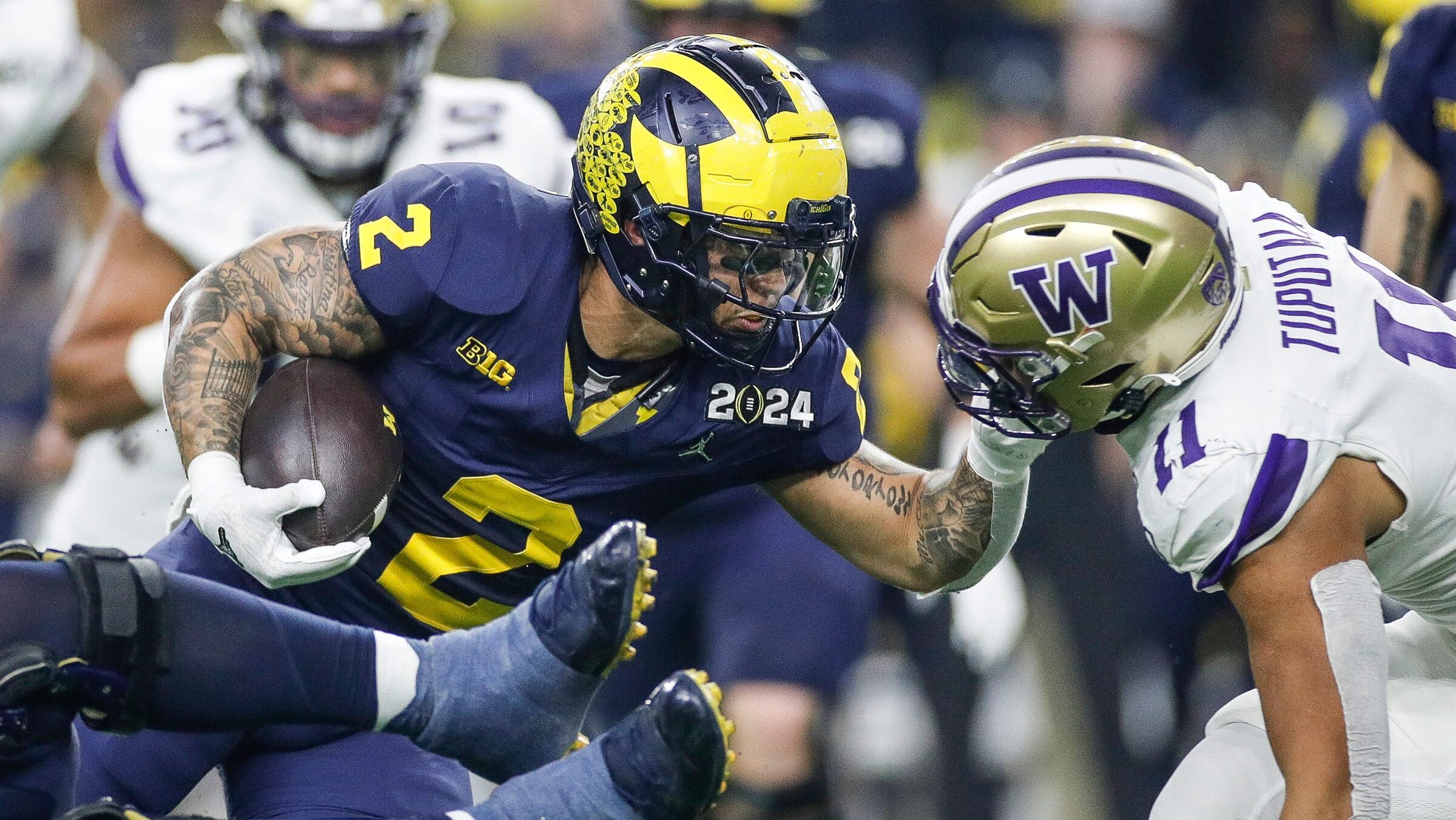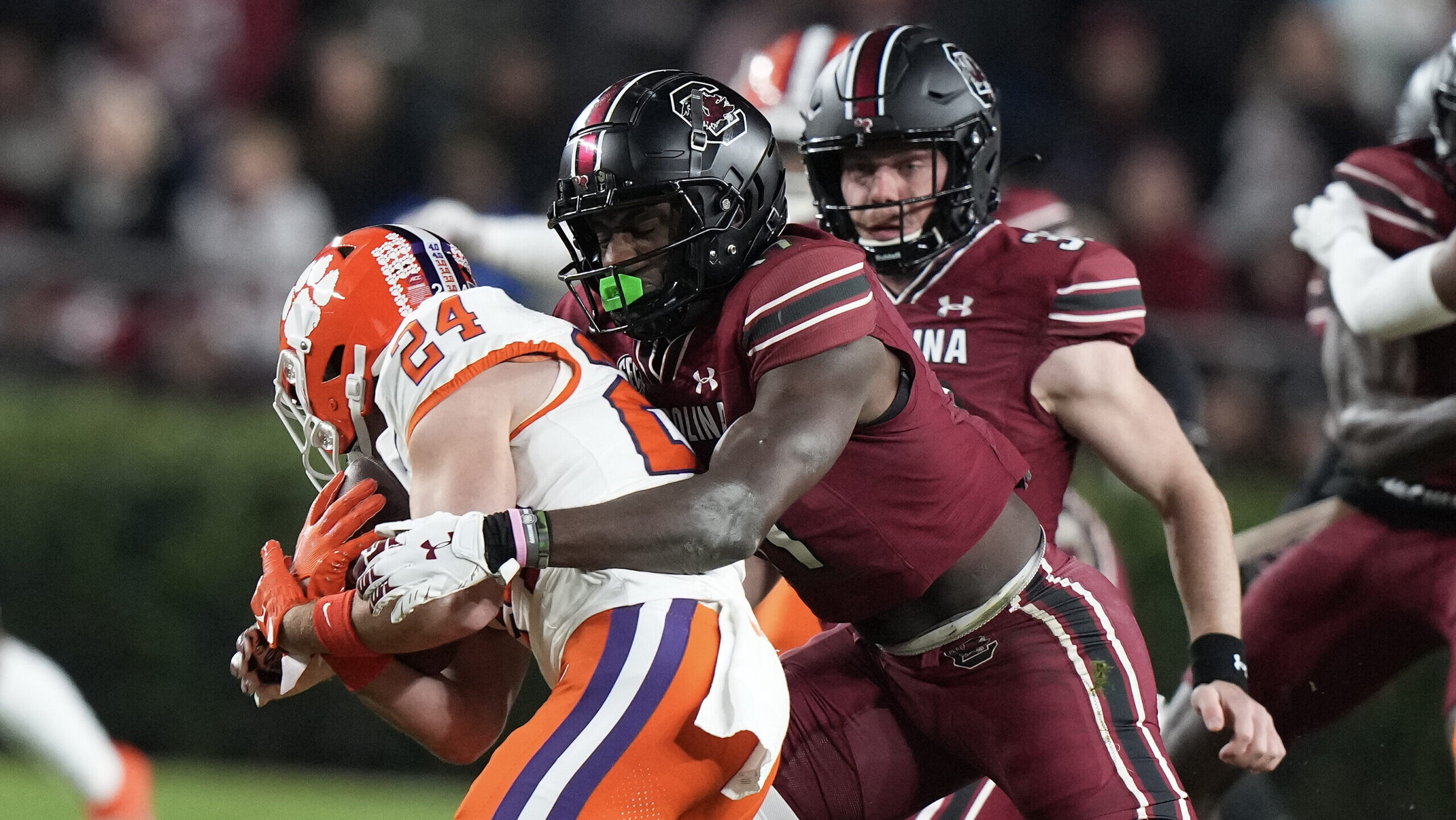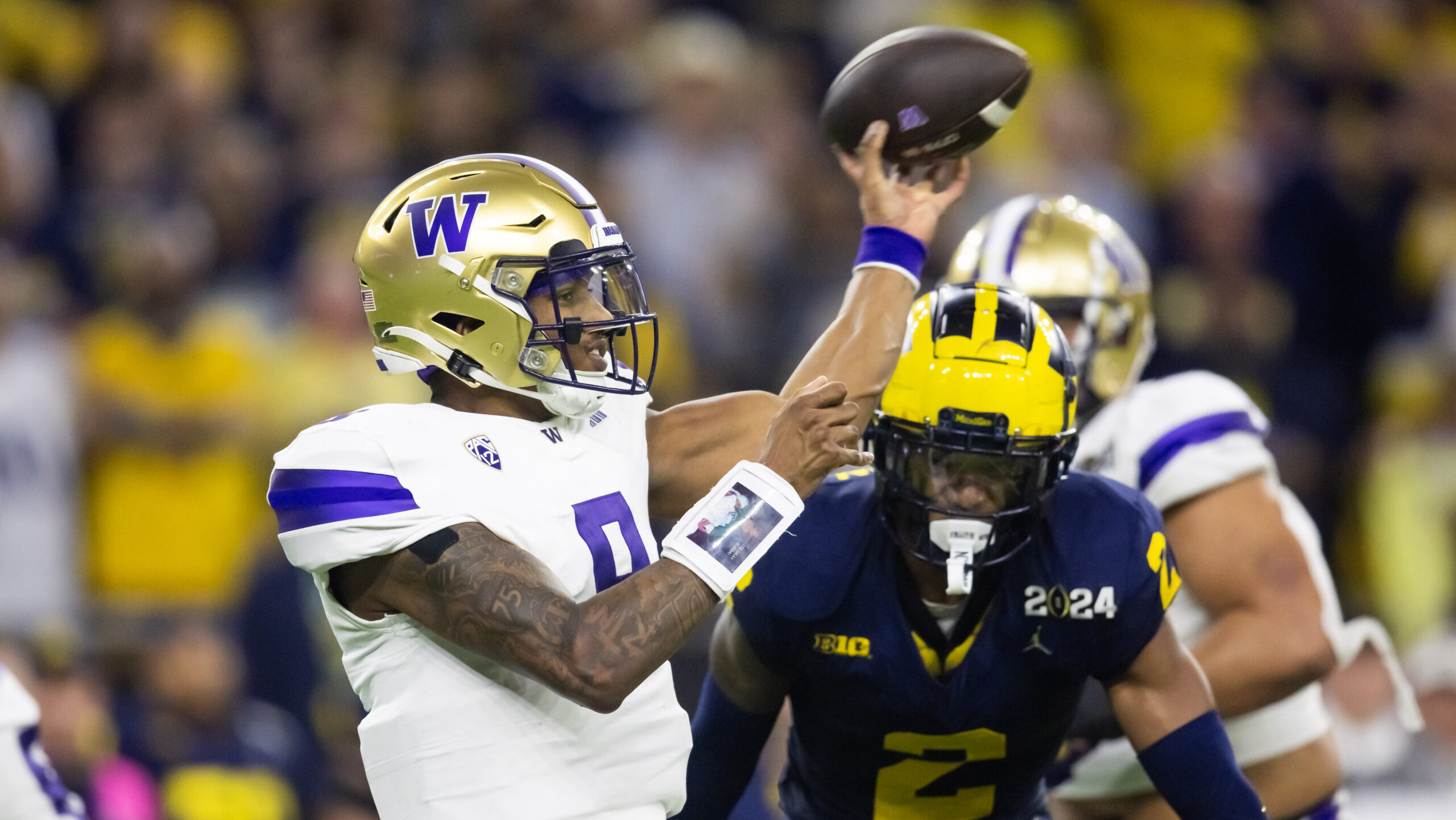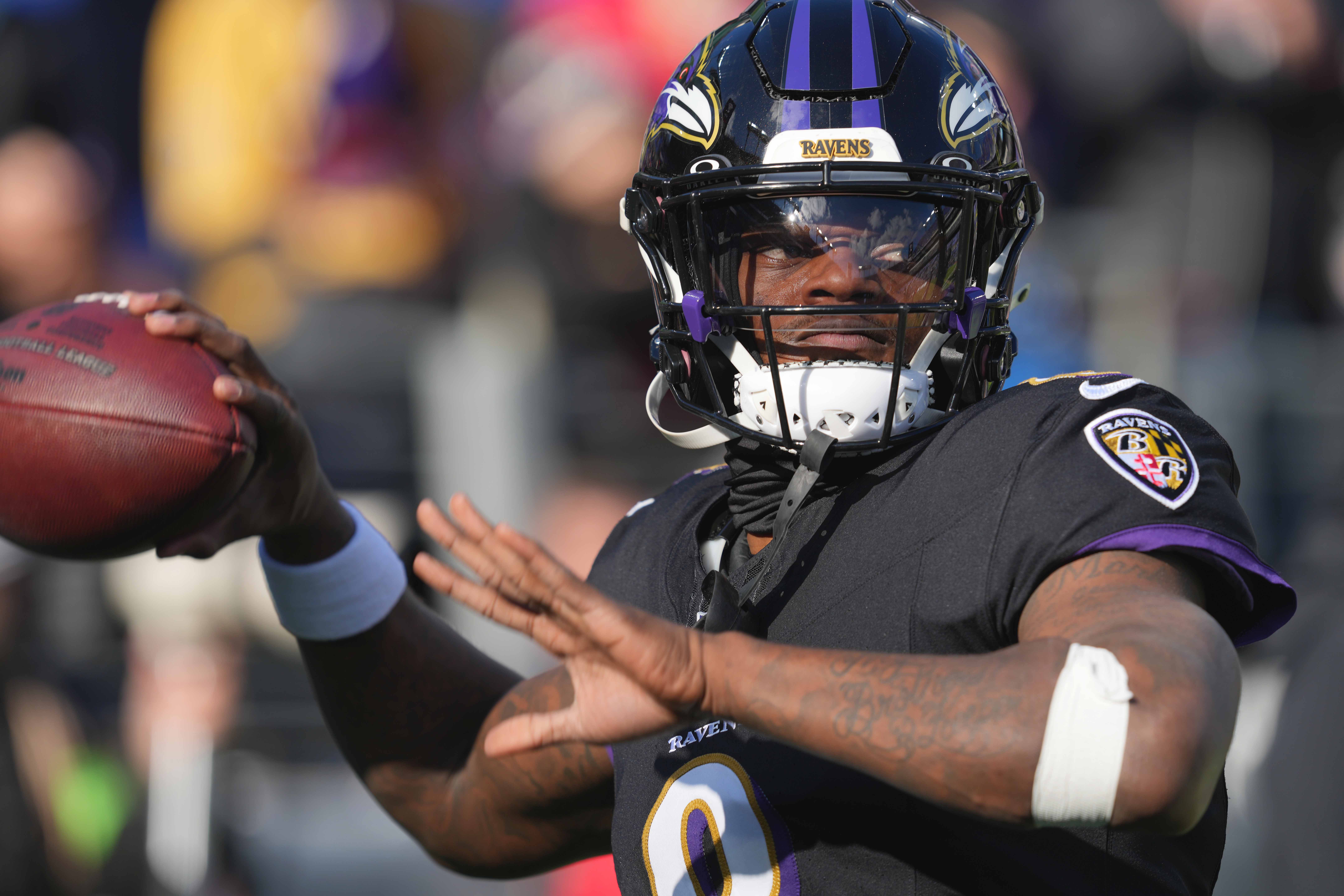Fantasy
5/23/23
7 min read
Best Ball 101: Lineup Advice, Draft Strategy, Where to Play
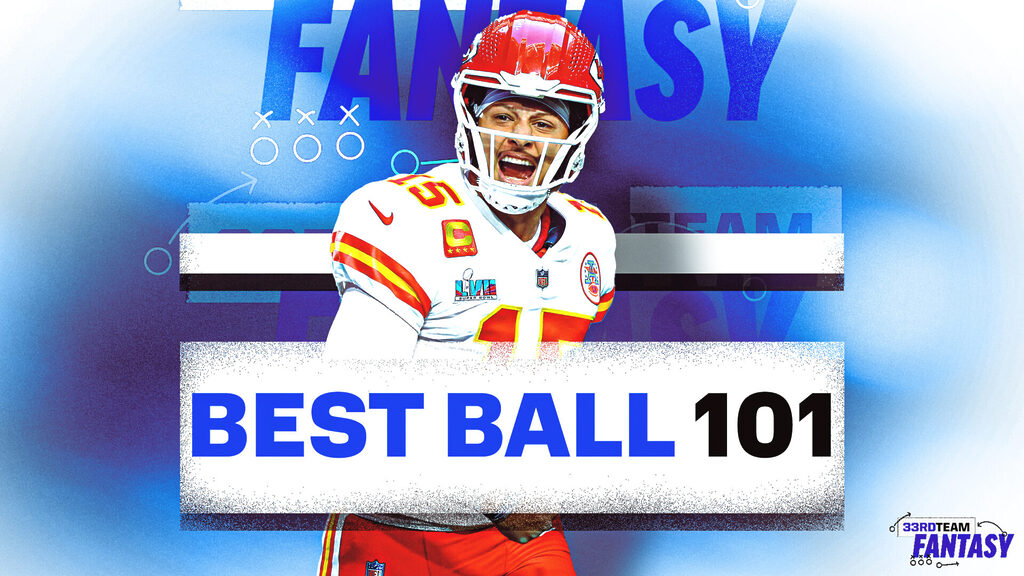
Best Ball has been steadily growing in popularity for years, to the point there are multiple tournaments with $1 million prize pools. There are best ball tournaments in many sports, but we will focus entirely on the football options in this format.
>> READ: Everything You Need to Play, Win Best Ball
Best Ball 101
What Is Best Ball?
Best ball is a form of fantasy football where you draft a team, and that’s it. The system sets your lineup for you every week by automatically counting your highest scorers at each position. In most best ball formats, there are no trades or waiver wire pickups. After you draft your best ball team, you don’t have to do anything but check your scores.
If you love to draft but are less enthusiastic about managing your fantasy football teams in season, best ball could be for you.
Lineup
In DraftKings and Underdog Fantasy’s flagship tournaments, these are the scores that count:
QB: 1
RB: 2
WR: 3
TE: 1
Flex: 1
Let’s use some examples:
Let’s say you drafted Justin Herbert and Geno Smith as your quarterbacks. Herbert scores 24 fantasy points on opening day, while Smith scores 19. Herbert’s score counts for that week, and Smith’s doesn’t.
Let’s also say you drafted Jonathan Taylor, Najee Harris, Devon Achane and Kenneth Gainwell as your running backs. On opening day, Taylor scored 16 fantasy points, Achane 12, Harris seven and Gainwell nine. Taylor and Achane’s scores count at running back, while Gainwell’s nine fantasy points could potentially count in the flex.
For Underdog Fantasy’s flagship tournaments (“Best Ball Mania” and their various “The Puppy” releases), there are 18 roster spots. Over on DraftKings, their millionaire maker and other primary tournaments come with 20 roster spots.
Roster Construction
We recommend these roster construction guidelines on DraftKings and Underdog Fantasy’s flagship tournaments:
QB: 2-3
RB: 4-7
WR: 7-10
TE: 2-3
In the next few sections, we’ll break down basic strategies for deciding how many players to roster at each position.
For DraftKings’ flagship tournaments, those two extra roster spots give you more roster construction leeway. For instance, if you’re weak at tight end on DraftKings, it’s easier to fit a fourth player at that position than you could on Underdog.
>> READ: How to Find Undervalued Players
Managing Draft Capital
This is a complicated subject that directly impacts your roster construction decisions. For instance, if you select Patrick Mahomes during the first two rounds, you’ve already spent considerable draft capital on the quarterback position. If you take Mahomes in the second, it wouldn’t make much sense to take Josh Allen in the third, would it?
The only scenario where that would make sense is if you could start both of them. If you can’t, one of your team's two best and most expensive players can’t produce a score that counts every week. Don’t put yourself in that position if you’re new to best ball.
Similarly, since you have the beacon of stability at the quarterback position in Mahomes, it’s not in your best interest to draft three total quarterbacks on that team. You would be better served using one of those roster spots on another position.
We’ll discuss this concept more specifically through each position.
Quarterbacks
The primary benefit of taking a premium quarterback is it allows you to spend less at the position. You don’t have to tie up three roster spots with quarterbacks if you have a player like Mahomes. You also don’t need to stress about adding a second expensive quarterback because Mahomes’ score will count most weeks.
You have two general options if you don’t get a premium player like Mahomes. The first is to pair two good but not quite elite performers at the position. The other is to draft three less reliable quarterbacks.
>> READ: Biggest QB Mistake in Best Ball
Running Backs
If you take three running backs in the first five to seven rounds, that gives you the option of having fewer running backs on your roster. In that scenario, where you’ve spent a ton of early draft capital on running backs, it could be in your best interest to only take four or five running backs so that you can add more volume at wide receiver.
If you go in the other direction, where you spend your early-round draft capital on anything but running backs, you probably want more volume at the position. In that scenario, selecting six, sometimes even seven, running backs could be in your best interest.
Wide Receivers
If you take five wide receivers in the first eight rounds or so, you’ve built a strong foundation at the position. That allows you to have less volume with eight, maybe even seven, wide receivers on your roster.
If you go in the other direction, where you only take a few wide receivers within the first eight rounds, you likely want more volume at wide receiver. In those situations, you’d be more likely to take nine. You could comfortably push that number to 10 on DraftKings since you have those two extra roster spots.
We recommend drafting at least three wide receivers through your first eight rounds.
Tight Ends
You have some strategic options when drafting an early tight end like Travis Kelce. Generally, when you draft a premium tight end early, we’d recommend taking a second one in the later rounds.
However, tight ends can produce enough fantasy points to count in the flex. That means you can consider taking two early, especially if you can get the second at a considerable value. You should not, however, take a third tight end when you take a premium option at the position. Like quarterback, that extra roster spot would be better spent on a different position.
There are a few more similar parallels between drafting quarterbacks and tight ends in this format. You can pair two good, but not quite elite tight end options. You can also select three tight ends in the second half of your draft.
Stacking
When you draft a quarterback, you generally want to stack them with at least one of their pass catchers. For instance, If Tyreek Hill goes off for 200 yards receiving and two touchdowns, there’s a pretty high chance Tua Tagovailoa also had a good day, right?
The opportunity for those correlated spike weeks is the primary reason you want to target stacks. It’s especially important in best ball tournaments, where you need massive spike weeks to rise up the leaderboard.
You should also consider targeting game stacks for championship week in best ball. For example, the Miami Dolphins face the Baltimore Ravens during championship week in the 2023 fantasy season. If you have Tagovailoa and Hill on your best ball team, you should consider drafting a Raven as a bring-back.
The reason for this is that if Tagovailoa and Hill have big days, this game is more likely to be high scoring. In that environment, there’s a strong chance at least one player on the Ravens also has a big week.
We will further discuss stacking in our best ball and daily fantasy content.
>> READ: Favorite Week 17 Games to Stack
Where Can You Play Best Ball?
We’ve already discussed DraftKings and Underdog Fantasy at length, as those are the two leaders in the space. However, Best Ball 10s, Drafters, FFPC and Yahoo all host best ball contests.
Tournament Structure
Most best ball tournaments have a similar structure to season-long fantasy:
- Weeks 1 through 14 are the regular season
- Weeks 15 through 17 are the playoffs
- Week 17 is championship week
Unlike season-long fantasy, there are no win-loss records in best ball. Instead, teams with the most total points in the regular season advance to the playoffs.
For some tournaments, the most total points accumulated during the season determine the tournament’s winner. Each platform has different conditions for its large field tournaments. You should always familiarize yourself with those rulesets before playing.
Follow The 33rd Team Podcast Network on Spotify and Apple Podcasts.


